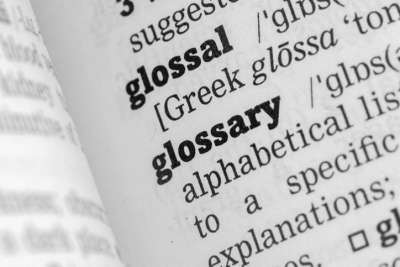Phonological Awareness: The auditory awareness of sounds, words, and sentences. The understanding that speech is composed of sentences made up of words. Words are comprised of syllables, and syllables are comprised of phonemes.
Qualitative Data: Qualitative data consist of verbal or graphic descriptions of behavior and experience resulting from processes of observation, interpretation, and analysis. It is often comprehensive, holistic, and expansive.
Qualitative Tools: These are tools that produce qualitative data consisting of verbal or graphic descriptions of behavior and experience resulting from processes of observation, interpretation, and analysis.
Quantitative Data: Quantitative data consist of information represented in the form of numbers that can be analyzed by means of descriptive or inferential statistics. It is often precise and narrow data.
Reading Conferences: Conferences conducted by teachers during independent reading time provide an opportunity to meet with a student to assess progress, to note reading strategies that are being used, monitor books being read, and to provide guidance in developing reading strategies.
Rime: The part of a syllable that consists of its vowel and any consonant sounds that come after it. The rime of the word box is /ox/.
Scaffolding: A scaffold is a supporting framework. Scaffolded learning is a teaching strategy that helps support students in their learning when they may have difficulties. A goal of scaffolded learning is to have students use a particular strategy independently.
Screening Tests: These tests provide information that serves as a baseline. They are usually given to determine the appropriate starting place for instruction.
Self-Correction: In a running record or informal reading inventory, this is a miscue in which students do not read a word or words correctly, but return to the text and read the word or words correctly.
-
Self-Correction Rate: This is the ratio of self-corrections to errors when reading the text.
Sound-Print Connection: Understanding the relationship between print and sound.
Substitution: In a running record or informal reading inventory, this is a miscue in which students replace the printed word with another word. For example, if the sentence is: "She said, 'No,'" the student reads: "She shouted, 'No.'"
Summative Assessment: These tests are usually given at the end of a unit or at the end of the year. They assess a student's strengths and weaknesses over a period of time.
Literacy Glossary
A list of terms pertaining to literacy and reading.
Subjects:
Page 2 of 2














